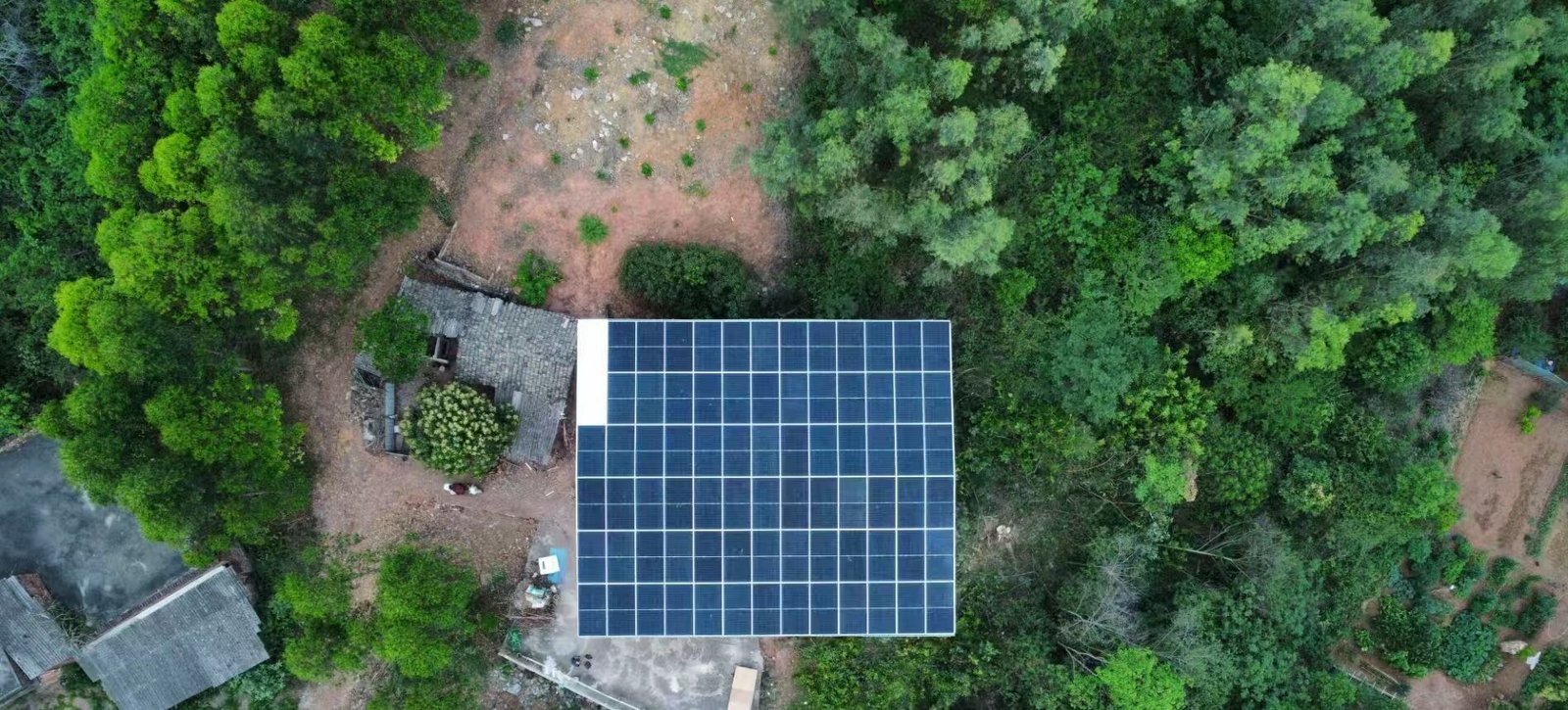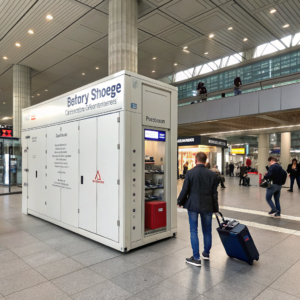Can a Home Solar System Make You Fully Energy Independent?
•
Dreaming of cutting the cord with your utility company? The promise of complete energy independence with solar power is tantalizing, but the reality requires careful planning and investment.
Yes, full home energy independence is achievable with solar, but requires sufficient battery storage (typically 10-30kWh), proper system sizing (120-150% of usage), and often lifestyle adjustments during extended cloudy periods.
The path to energy freedom involves more than just installing panels. Let's examine what it truly takes to untether your home from the grid.
Batteries Are Key to Day-Night Power Balance?
Why do solar panels alone fail to provide 24/7 power? The inconvenient truth about sunlight intermittency makes energy storage the critical bridge to true independence.
Without batteries, solar systems only power your home when the sun shines (about 30% of daily needs). Quality lithium batteries now provide 90%+ round-trip efficiency and 10+ year lifespans for reliable overnight power.
The Storage Equation for Energy Independence
-
Battery Sizing Fundamentals
- Average home uses 20-40kWh daily
-
3-day backup standard for cloudy periods Home Size Recommended Battery Autonomy 1500sqft 15kWh 1.5 days 2500sqft 25kWh 3 days 4000sqft 40kWh 3 days
-
Battery Technology Options
- Lithium-ion: 90-95% efficiency, 10-15 year life
- Lead-acid: 70-80% efficiency, 5-8 year life
- Flow batteries: Emerging tech for long-duration storage
-
Balancing Act
- Peak shaving for high-demand appliances
- Time-of-use optimization
- Generator hybrid configurations
Pro Tip: Layer batteries incrementally - start with 10kWh and expand as needed rather than oversizing initially.
Comparing Annual Generation vs. Household Consumption?
What happens when your solar math doesn't add up? Understanding your true energy needs versus solar production potential reveals independence feasibility.
Most homes require 8-12kW solar systems to offset 100% of annual consumption, but seasonal variations mean winter production may only cover 50-60% of needs without conservation measures.
The Energy Balance Reality Check
-
Calculation Methodology
- Review 12 months of utility bills
- Factor in local sun hours (NREL PVWatts tool)
- Account for 14-20% system losses
-
Regional Variations Location Solar Hours System Size Needed Arizona 6.5 avg 8kW for 30kWh/day Michigan 4.2 avg 12kW for 30kWh/day Germany 3.8 avg 14kW for 30kWh/day -
Consumption Reduction Strategies
- Upgrade to ENERGY STAR appliances (30% savings)
- Heat pump water heaters (3x more efficient)
- Smart home energy management systems
Critical Insight: The first kWh saved through efficiency costs 1/3 of producing another kWh through added solar capacity.
What It Takes Technically and Financially to Go Fully Off-Grid?
Is off-grid living just about buying more equipment? The technical realities and financial commitments often surprise aspiring energy independents.
Going fully off-grid typically requires $50,000-$120,000 system investments (2-4x grid-tied costs), including oversized solar arrays, industrial batteries, backup generators, and specialized inverters - plus ongoing maintenance expertise.
The Off-Grid Preparedness Checklist
-
System Components
- 150-200% solar array oversizing
- Industrial-scale battery banks
- Automatic backup generator
- Advanced hybrid inverter
-
Financial Considerations System Type Avg Cost Payback Period Grid-tied $15-25k 5-8 years Grid-hybrid $30-50k 9-12 years Full off-grid $70-120k 12-20 years -
Technical Requirements
- Load management systems
- Generator integration controls
- Surge protection
- Remote monitoring
Reality Check: True off-grid systems require 20-30% more solar capacity than net-metered systems to account for cloudy weeks and battery cycling losses.
Conclusion
While full energy independence is technically possible, most homeowners find hybrid systems with grid backup offer the best balance of autonomy and practicality at reasonable cost.





